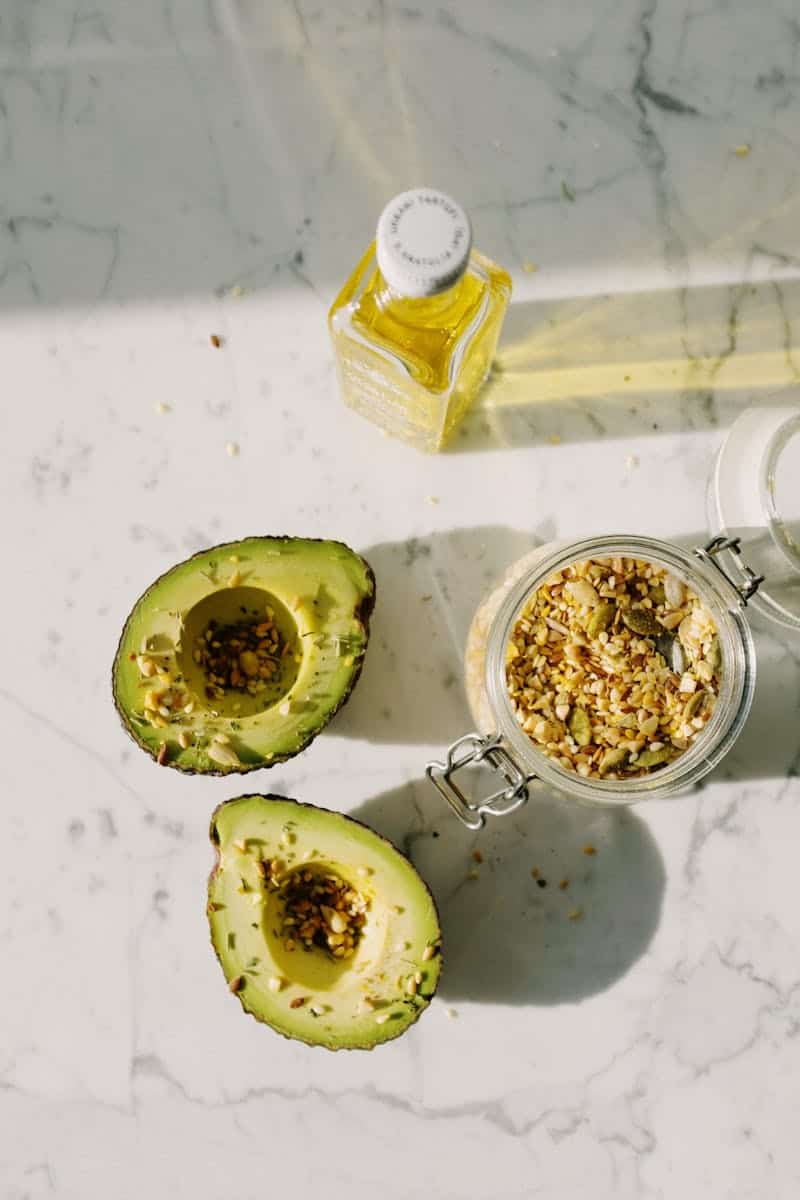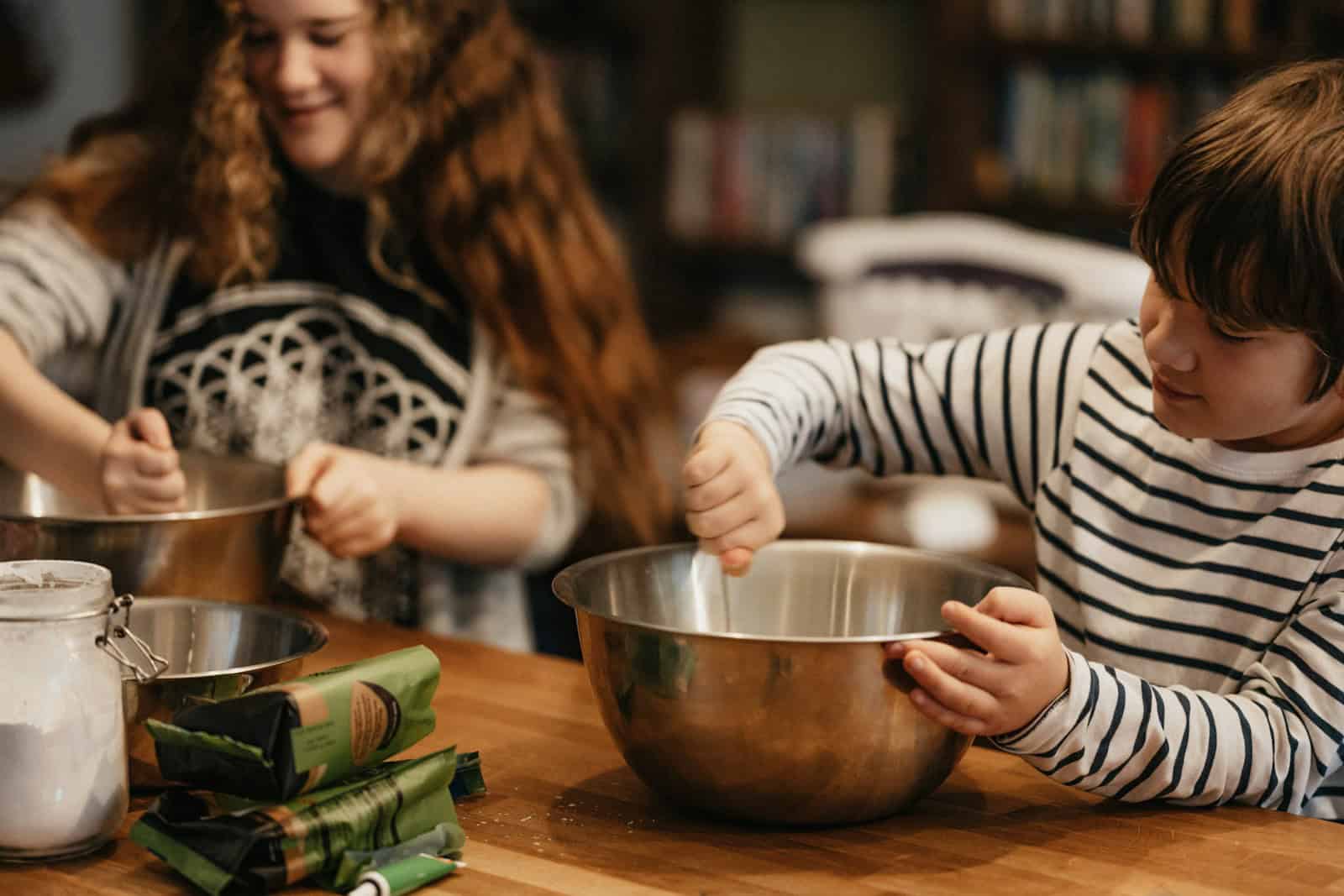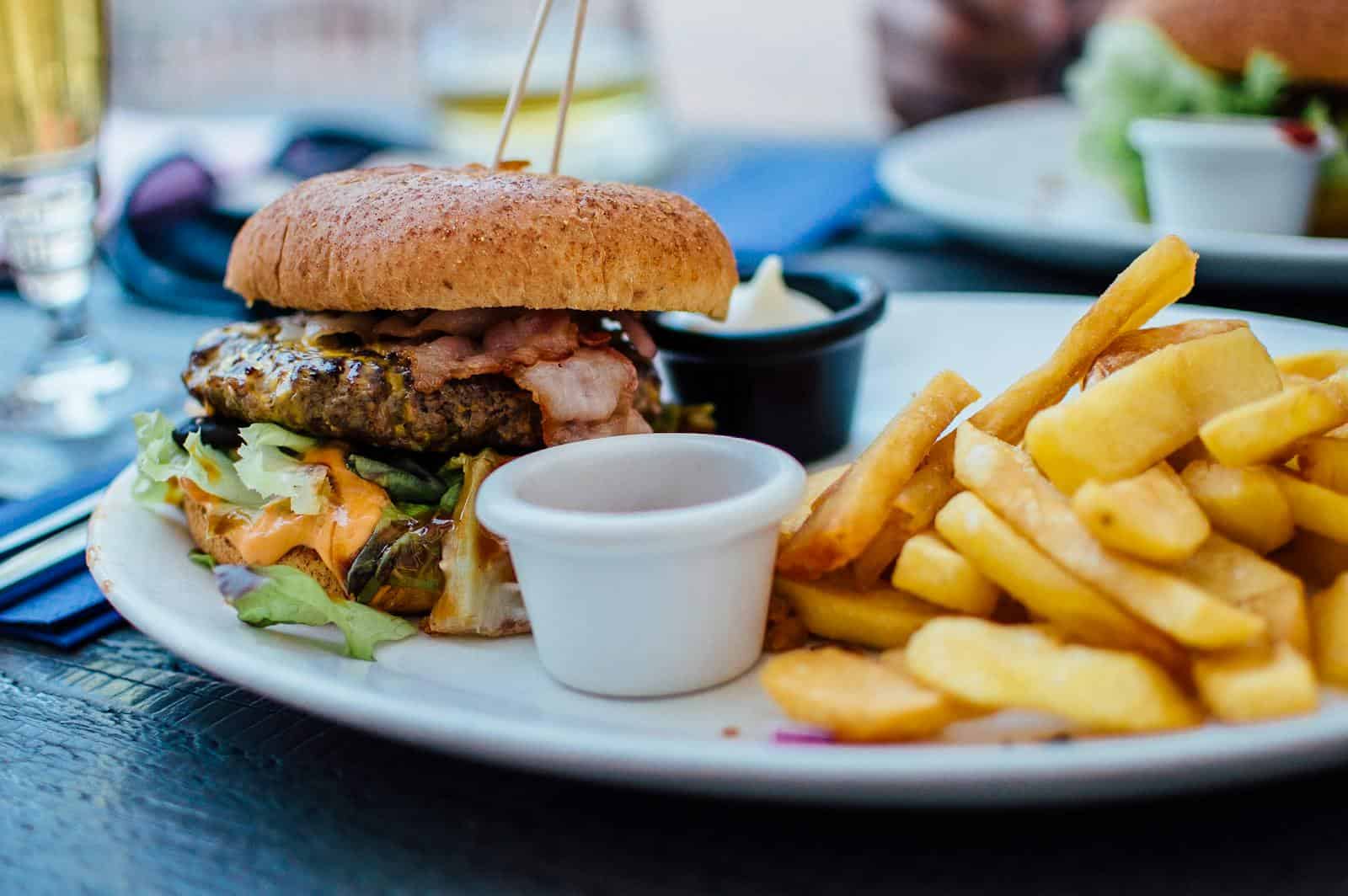Author: Elias Lee
-
How to Store Meal Prep for Maximum Freshness
If you’ve ever wondered how to store meal prep to keep your food fresh all week, you’re not alone. Nothing’s worse than opening your container to find soggy veggies or funky-smelling chicken just a couple of days after prepping. All that planning, chopping, and cooking—wasted. Meal prep is meant to make life easier, not frustrating.…
-
6 Low carb High Fiber Food to Keep You Full & Healthy
Struggling to stay full on a low-carb diet? You might be missing out on low-carb, high-fiber foods—the key to good digestion and lasting energy. Cutting carbs often means skipping bread and oats, but that can leave you hungry, bloated, or even backed up. The fix? Low-carb, high-fiber foods keep your gut happy, crush cravings, and help you stay on…
-
5 Different Types of Low Carb Diet
Are you struggling to pick the different types of low carb diet that actually work for you? Whether you’ve heard of keto or Atkins, or you’re new to the world of low carb eating, there are plenty of options available that can help you cut carbs without starving yourself or giving up your favorite foods.…
-
Top 6 Best Low Carb Rice Alternatives for Healthy Swaps
Craving rice but watching your carbs? You’re not alone. Finding the best low carb rice alternatives can help you stay on track without feeling deprived. White and brown rice are loaded with carbs—just one cup can derail your keto or low-carb diet. A single serving of white rice packs 45g of carbs, while most low-carb…
-

The 3 Big Difference Between Low Carb And No Carb Diet
You’re trying to eat healthier and heard cutting carbs might help. But with so many diet options, it’s hard to know which one is right for you. Low-carb and no-carb diet sound similar, but they work very differently. Picking the wrong one could leave you feeling tired, hungry, or even missing key nutrients. Studies show…
-

7 Amazing Tips For January Meal Plan: Low Carb & Cheap
Starting a January meal plan can feel overwhelming especially after the holidays. You want to eat better, feel lighter, and have more energy, but where do you begin? We understand. Life is busy, and the last thing you need is a complicated diet that leaves you hungry or frustrated. That’s why this January meal plan focuses…
-
7 Low Carb Roasted Root Vegetables: Sweet & Savory
You love roasted veggies but don’t want the extra carbs. Most roasted vegetable recipes use high-carb options like potatoes or carrots, making it tough to stick to your low-carb diet. Did you know some root veggies have up to 80% fewer carbs than potatoes? (Source: USDA). Try these 7 delicious low-carb roasted root vegetables—all packed…
-
5 Low Carb Casseroles: Easy, Cheesy & Family-Friendly
You want a hearty, comforting meal—but without all the carbs. Maybe you’re watching your sugar intake, trying keto, or just want a lighter dinner that still satisfies. Most casseroles are loaded with pasta, rice, or starchy fillers, making it tough to enjoy them guilt-free. And let’s be honest—no one has time for complicated recipes after…
-
8 Low Carb Japanese Dishes: Healthy & Flavorful Options
You love Japanese food—the savory broths, the fresh fish, the bold umami flavors. But if you’re watching your carbs, meals like sushi rolls and ramen can feel off-limits. Traditional Japanese dishes often rely on rice, noodles, and sugary sauces, making it tough to enjoy them on a low-carb diet. A single cup of white rice…
-

How to Turn Classic Dishes into Low Carb Meals
Craving mac and cheese or fluffy pancakes but avoiding carbs? You don’t have to give them up! With a few clever tricks, you can turn classic dishes into low-carb wins. Traditional comfort foods are loaded with refined carbs, leaving you bloated, tired, or guilty after eating. Research shows cutting excess carbs can boost energy and…